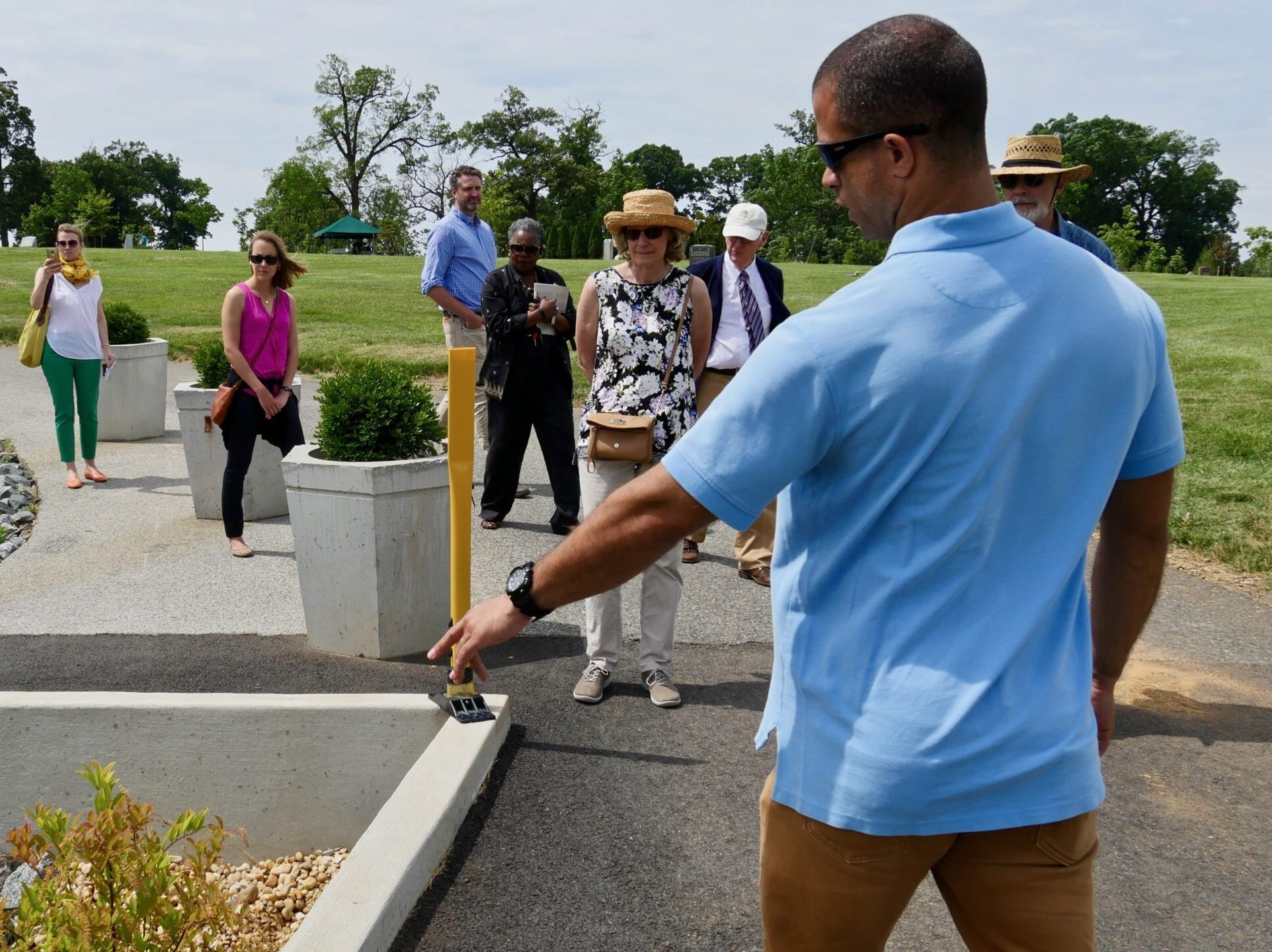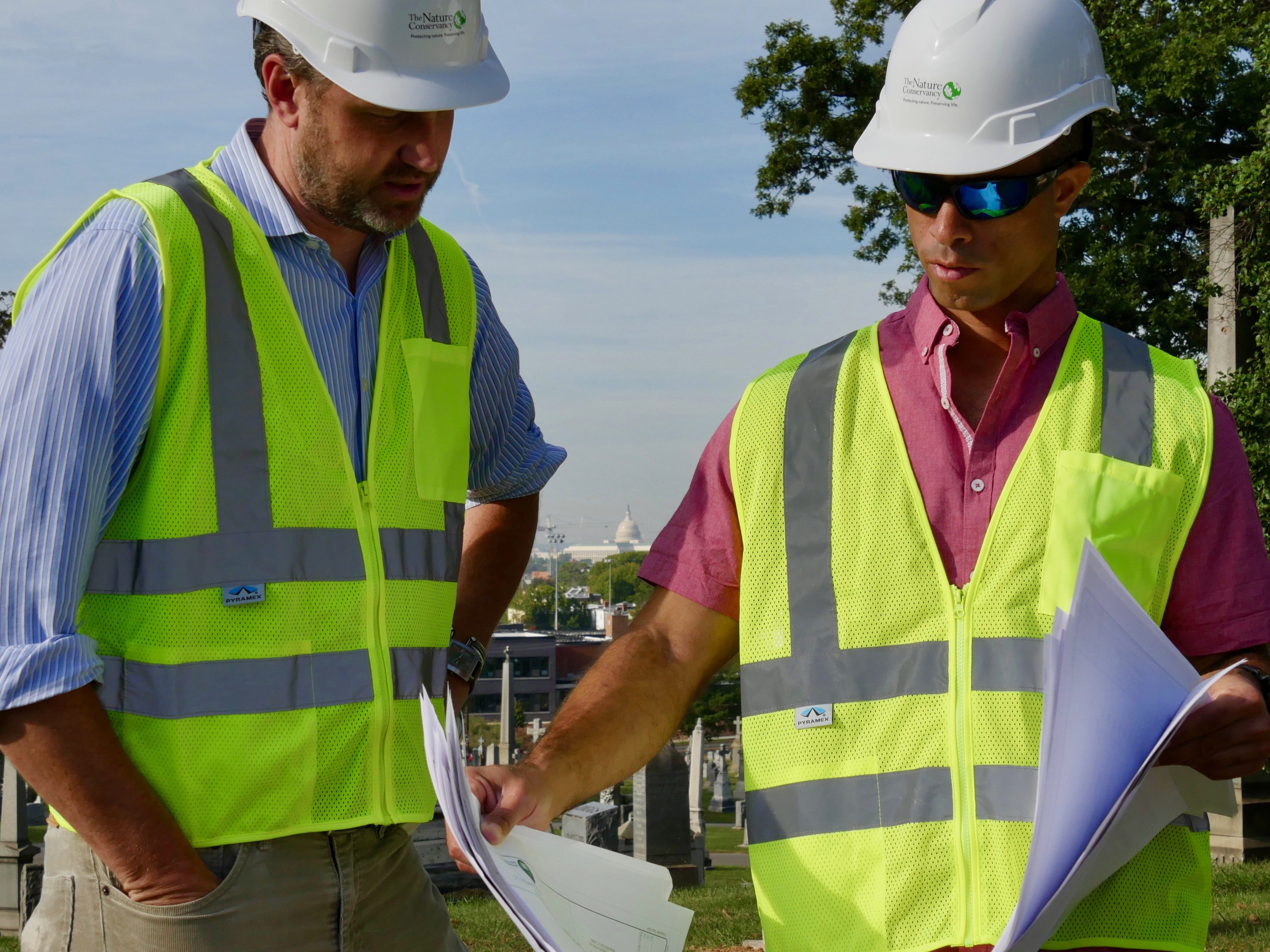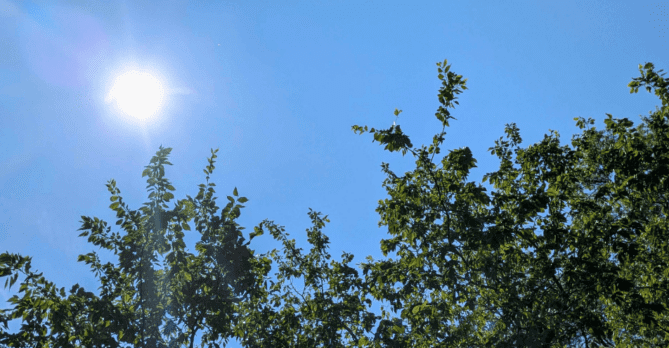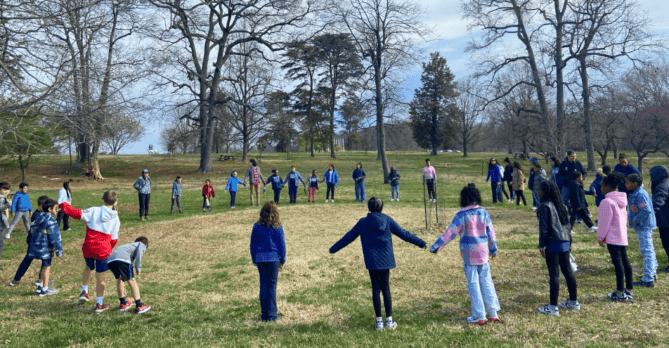
The Nature Conservancy is an organization dedicated to creating a world where the diversity of life thrives, and people act to conserve nature for its own sake and its ability to fulfill our needs and enrich our lives. Much like Casey Trees, they achieve their goals through a multi-faceted approach that includes targeting local issues and prioritizing the importance of conservation and sustainability.
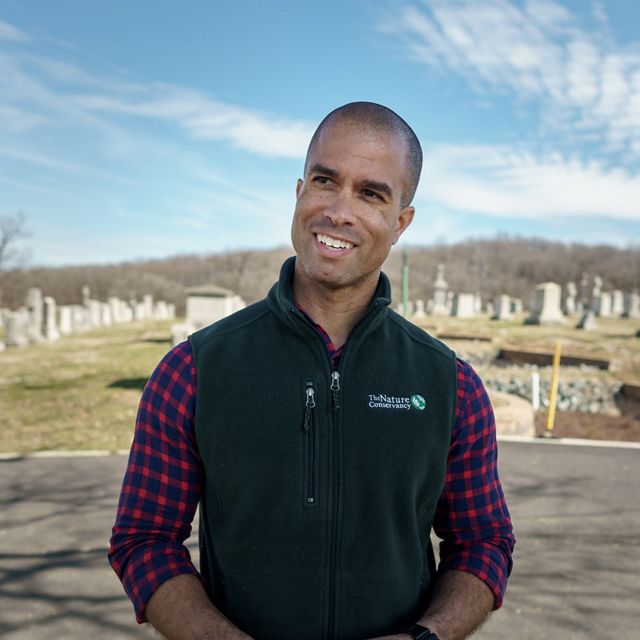
Recently, we had the pleasure of speaking with Kahlil Kettering, 2019 Canopy Award Honoree and newly appointed Executive Director for the Maryland/DC chapter of the Nature Conservancy, to learn more about him and his goals as he steps into his new role.
Casey Trees: Thanks, Kahlil, for taking this time to talk with us! We know you’re excited to be leading work at The Nature Conservancy, is there anything that you’re most looking forward to?
Kahlil Kettering: What I’m most looking forward to, I think, is this tangible sense of place. The connection between the rich history that we have here in the Maryland/DC area, the unique natural resources and treasures that we have, and then how there’s this direct through line with people, nature, and quality of life. Whether it’s our economic status, our health, or our social well-being – it’s all directly tied to nature here in this area.
And you can see that it’s palpable, it’s not just a hypothetical thing. So, I’m really keen to be able to work on projects that are squarely in the middle of tackling the issues of tree canopy, urban heat islands, climate change, flooding, stormwater, green infrastructure, and water quality. All these things are linked and I’m really excited to be able to work in that space where people and nature are combined.
Casey Trees: What are some areas where you think the Nature Conservancy is most effective in the DMV?
Kahlil: From an urban conservation lens and doing work in cities, The Nature Conservancy is still very much focused on the stormwater front of things and implementing green infrastructure. The Mount Olivet project was a great springboard, it’s where we did another project at Knollwood Retirement Community, and now we’re in the design phase for another project at Washington Hebrew Congregation Memorial Park. So, I’m still really working on that front. Another priority aspect of these projects is centering equity as a component of our stormwater work. Where we do it, how we do it, the design of what we’re doing, having a human-centered focus that has a basis with diversity, equity, inclusion, and justice – in addition to the conservation and environmental benefit.
We know that it takes more time to do that type of work. There’s more trust you have to build, but we’re really committed to it, and that’s been a huge springboard to now. For the past three years, we’ve been doing work in Baltimore as well, and that is also very much built off the framework of the work we did in DC.
Casey Trees: How has your work changed since we last spoke in 2019?
Kahlil: I think diversity, equity, inclusion, and justice (DEIJ) were always something that had been talked about in this work and there was always a focus on it. But I think it really has become a lot more invested in and a lot stronger as a focal point. There are going to be stumbles and challenges along the way because this is hard, and there is no prescription for how we do this and conservation work.
But I know with the Black Lives Matter movement, the impacts of climate change, and many of the different things that have been happening during and since the pandemic, it’s a big priority in the conservation field to make sure that we are including DEIJ in our strategies and our programming. I think the other component to that is we always have talked about climate change. And now, I think the general public sees a whole lot more about the impacts of climate change and what that means for them. We’ve had these record forest fires, smoke, and these urban heat days that have been happening for a long time.
Ten years ago, people would say “In the future climate change…” No, we’re feeling these impacts now and we’re going to really need to use natural climate solutions as a tool for how we address climate mitigation and climate adaptation. I think those are two key things that have really come up.
Casey Trees: Do you have a memory of a time when trees or nature made a positive impact on your life?
Kahlil: I have two! One of them – I’ll never forget this, it was July of 2018, and I had a meeting in the Navy Yard area downtown. I was wearing a suit walking outside, and it was just so hot, so hot that I was just sweating through my suit. And then, I don’t remember what kind of tree it was or anything, and it wasn’t a huge tree because they don’t have many huge ones down there in Navy Yard. But I found a tree that had a little bit of shade, and just the difference, the relief that it provided when I was there in my suit, I’ll never forget that day. The difference was palpable.
The second one was actually at the Frederick Douglass House in Southeast. When you get a chance to sit there outside of the steps, the front steps of the Frederick Douglass House, it’s a beautiful view of the city where you can walk and see this kind of elevated view. They’ve got these trees there that provide this framing shot of the city. I remember being up there, the acorns around my feet, the trees nearby, and just looking out over the city. It was really kind of almost a spiritual moment, thinking about the impact that Frederick Douglass had on our society and the hard work he had done so people like myself could do the work I do today. And to be standing there with the trees that are such an important part of our history and the identity of the city, and then look out and see the view that it had of Washington, DC was a really reverent moment for me. It’s great.
Casey Trees: Thank you so much for speaking with us, Kahlil. Is there anything more you’d like to share?
Kahlil: I guess I’m just thinking a lot more about the future generations, and the responsibility that we have for resources. It’s a big cliche we talk about all the time, but the past few years of the pandemic have brought people closer and further at the same time. Nature is a great unifier. But the impacts of climate change, they’re going to hit all of us, and we’re seeing that. So, I’m just really struck by how important the work that we do is. And in the face of a changing climate and the legacy of those who are going to come after us, that’s great.
For their groundbreaking project at historic Mount Olivet Cemetery, we presented the Nature Conservancy with the 2019 Canopy Award for Sustainability. Polluted stormwater runoff is one of the largest growing environmental concerns in urban areas. Paved roads are one of the largest contributors to this runoff and Mount Olivet Cemetery, built in 1858 in Northeast DC, had a staggering 10 acres of them. Working with the Catholic Archdiocese of Washington, the Nature Conservancy designed and implemented numerous green infrastructure elements throughout the cemetery, such as rain gardens, trees, and bio-retention areas. These efforts have lowered Mount Olivet Cemetery’s water bill by $25,000, kept hundreds of thousands of gallons of water out of our rivers and waterways, contributed to greenspace, and reduced flooding to nearby neighbors. Learn more about the work Kahlil did in 2019 over at Mount Olivet Cemetary by watching the video below!
